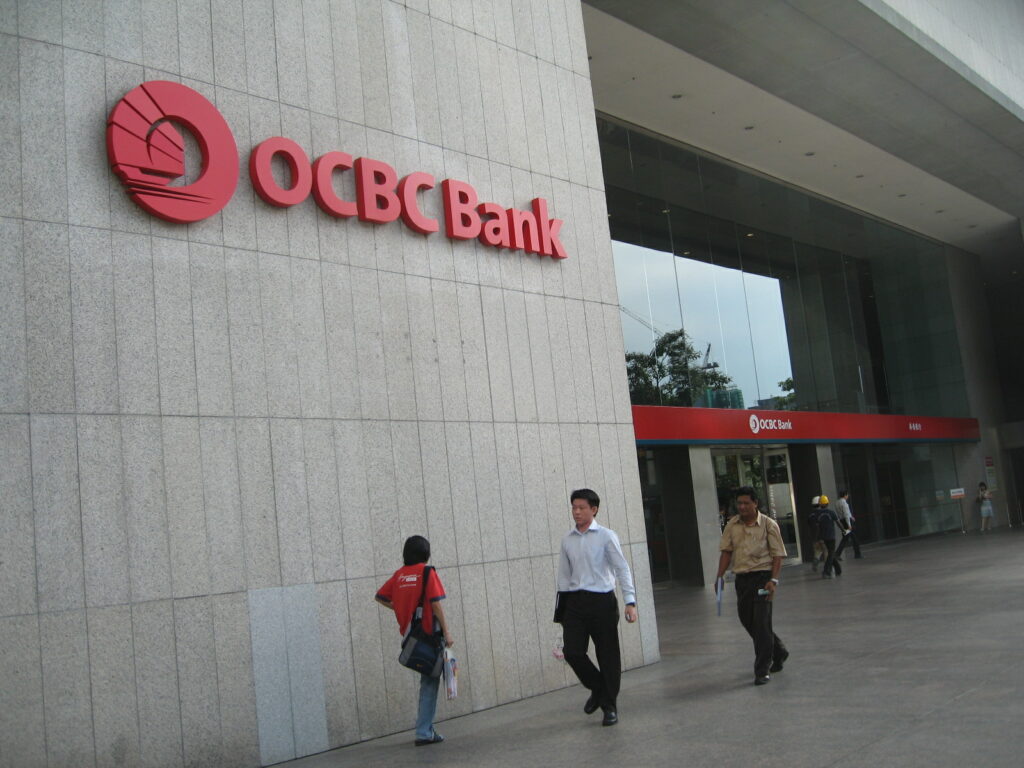OCBC Ltd (SGX: O39) is the final local bank to release its fiscal 2021 first-quarter earnings (1Q2021).
The lender’s results should put a big smile on investors’ faces.
Group net profit more than doubled year on year to S$1.5 billion as the bank reported income growth from multiple areas.
These results were similar to the robust set of earnings reported by United Overseas Bank Ltd (SGX: U11) yesterday and in line with what DBS Group (SGX: D05) reported last week.
Newly-appointed CEO Helen Wong commented that the bank’s earnings were up in all its core markets amid renewed market optimism.
Here are five aspects of the bank’s earnings that investors should know about.
Double-digit jump in total income
OCBC’s net interest income declined by 11% year on year to S$1.4 billion, as net interest margin (NIM) narrowed.
NIM had fallen year on year from 1.76% in 1Q2020 to 1.56% for 1Q2021, in line with lower global interest rates in the wake of the pandemic.
However, non-interest income made up for the decline by rising 42% year on year to S$1 billion.
The contributions came mainly from a huge surge in trading income from S$18 million to S$316 million, along with an increase in fees and commissions.
OCBC also recorded a tripling of its life and general insurance income from US$157 million a year ago to S$470 million in its latest quarter, from its insurance arm led by Great Eastern Holding (SGX: G07).
Together, these rises helped to offset the fall in net interest income, resulting in a 17% year on year jump in total income.
NIM has likely bottomed out
Although NIM fell by 0.2% year on year, the good news is that the ratio appears to have bottomed out for the lender.
NIM stayed flat quarter on quarter at 1.56% and was slightly higher than the 1.54% recorded in the third quarter of 2020.
Customer loans inched up 0.2% year on year with Singapore loans making up the bulk at 41% of total loans.
Of the S$271 billion of loans, around half were made up of housing loans cum loans to building and construction firms.
Around 4% of the loans were to the troubled oil and gas sector but just 1% belonged to the offshore support vessel sector.
Loans belonging to the beleaguered aviation sector comprised just 1% of total loans for OCBC.
Significantly lower provisions
Due to an improved operating environment, the bank also set aside a lower level of provisions for 1Q2021.
Specific allowance for bad loans declined by 45% year on year to S$152 million.
The bank’s general provision plunged by 97% year on year to just S$9 million from S$382 million a year ago.
Investors can infer from these numbers that economic conditions have significantly improved to warrant lower provisions.
Higher contribution from wealth management
Meanwhile, OCBC’s wealth management arm was another star performer for the quarter.
Wealth management income, which included private banking, asset management and stockbroking income, surged by 58.8% year on year to S$1.2 billion.
For 1Q2021, this income made up 41% of total income, up from 31% a year ago.
Assets under management under OCBC’s private banking arm, the Bank of Singapore, rose 18.3% year on year to US$123 billion.
A decline in loans under moratorium
Repayment has been healthy for the portion of loans classified as being under relief due to the crisis.
These moratorium loans saw a decline from S$5.7 billion as of 31 January this year to S$5.1 billion as of end-March.
Back then, around 10% of Indonesia’s loans were under stress but this has since declined to 7%.
In another positive development, 92% of all loans under moratorium are secured by collateral, inching up slightly from 91% two months ago.
Get Smart: The signs are clear
OCBC is the third and final local bank to release its earnings.
All three banks have sent a clear signal that the worst seems to have passed.
Although NIM stayed flat and loan growth was somewhat tepid, the lenders more than made up for it with higher fee income.
The outlook was also markedly brighter as provisions have come down significantly for all three.
Investors in the banks need to be watchful for signs of economic deterioration should the pandemic situation worsen.
But for now, there is good reason for cheer as banks’ earnings have rebounded sharply.
Are you investing for your retirement? If so, that’s a smart move. But there’s a big problem. Most investors think it’s either dividends or growth. When in fact, it’s possible to do both at the same time! Best of all, you can find these stocks in the SGX. We found 8 such stocks and revealed the details in a FREE report, 8 Singapore Stocks for Your Retirement Portfolio. Click here to download the report today.
Follow us on Facebook and Telegram for the latest investing news and analyses!
Disclaimer: Royston Yang owns shares of DBS Group.





